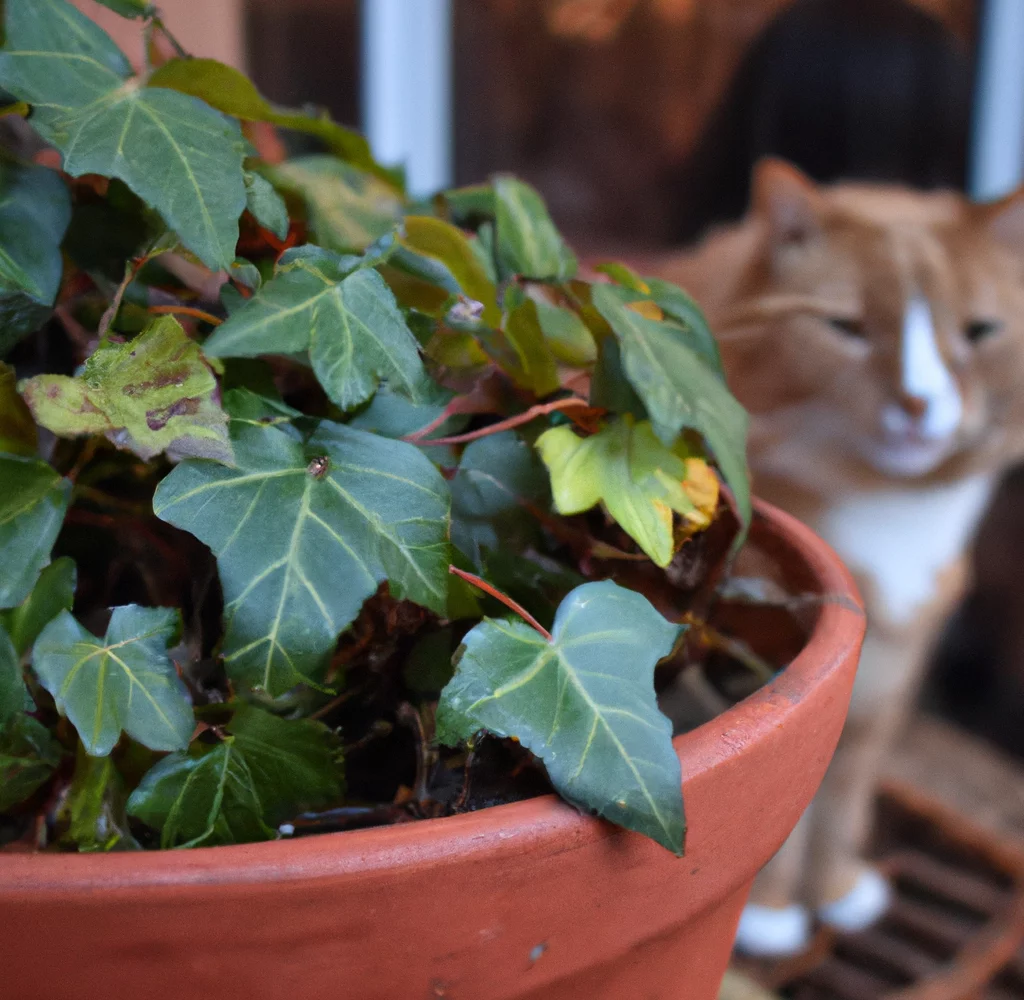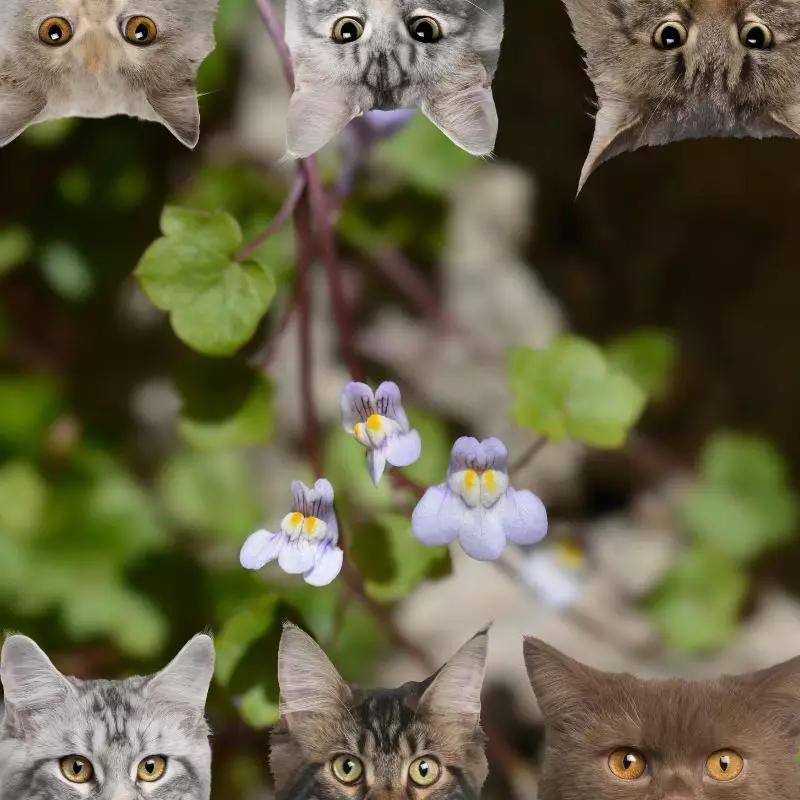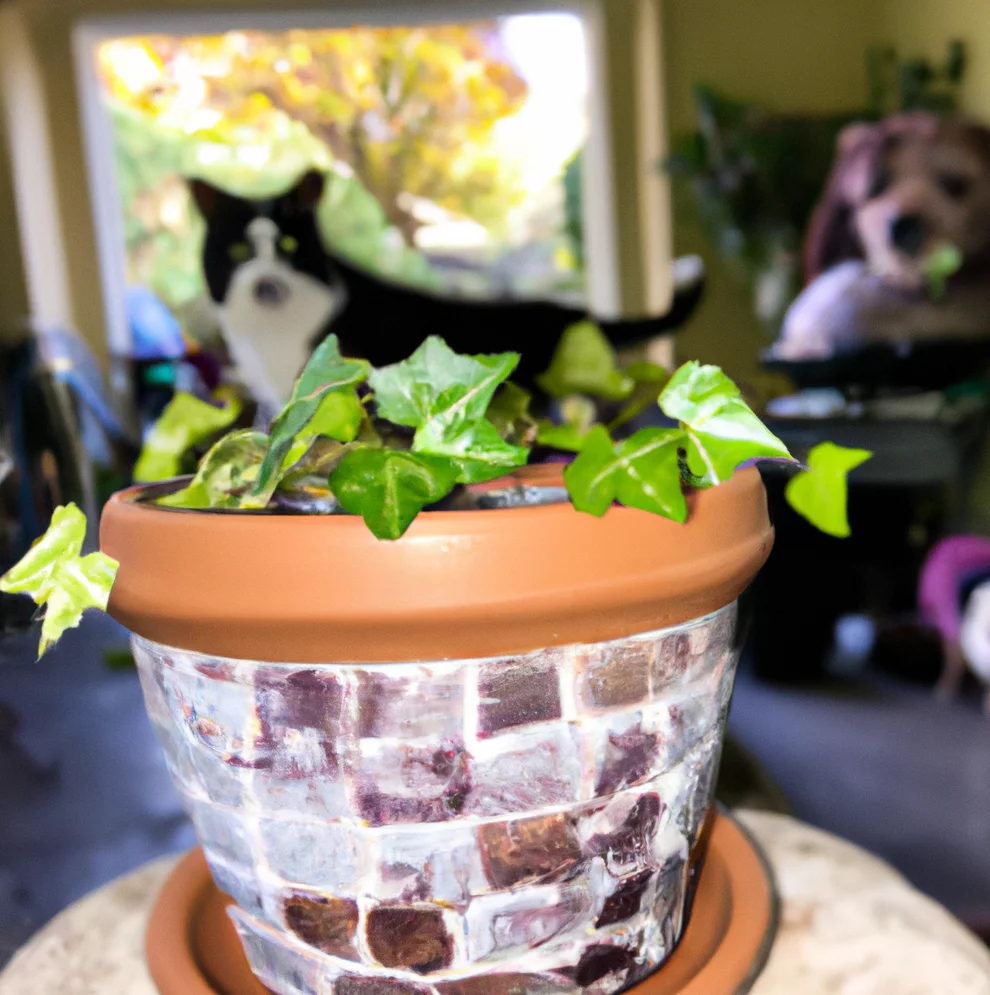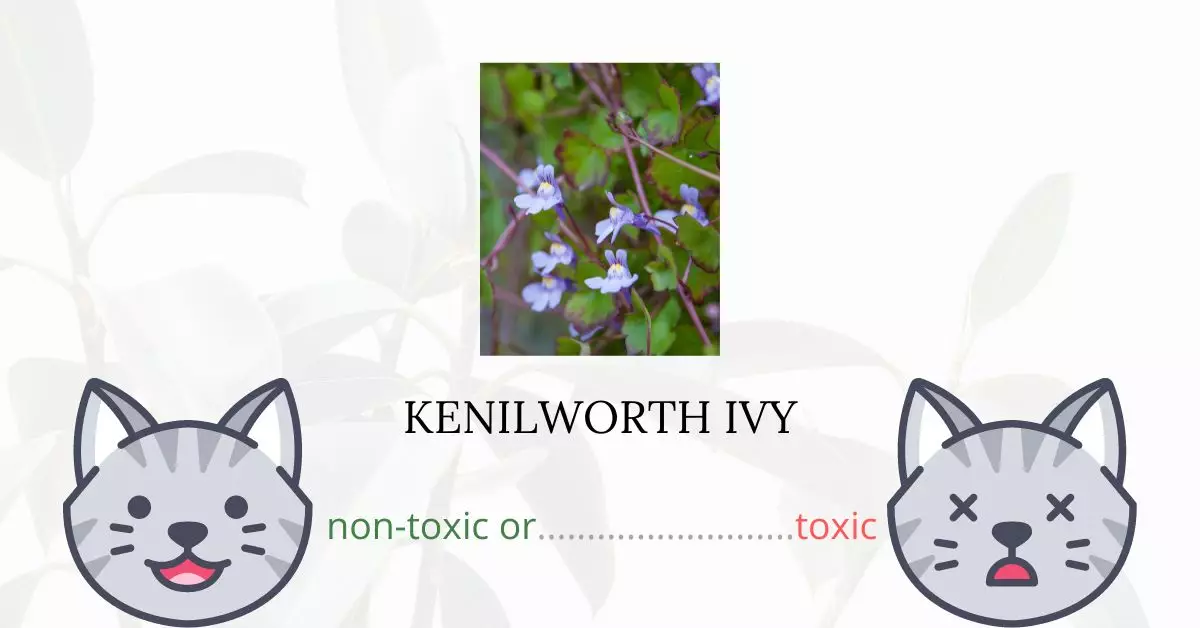Kenilworth Ivy, also known as Coliseum Ivy, is not toxic for cats. Rest assured, it is considered safe for felines, with no harmful properties identified within the plant. This conclusion is backed by extensive research from authoritative websites such as the American Society for the Prevention of Cruelty to Animals (ASPCA) and PetMD, both of which recognize Kenilworth Ivy as a non-toxic plant for cats.
Furthermore, this article was meticulously crafted in collaboration with a team of experienced DVMs (doctors of veterinary medicine). Their invaluable expertise ensures that the information presented here is both accurate and current, particularly concerning the potential risks associated with various plants and their effects on our beloved feline friends.
Nevertheless, it’s worth noting that while Kenilworth Ivy is non-toxic, consumption might still result in some undesirable effects on cats. Continue reading to delve deeper into what could transpire should a cat ingest Kenilworth Ivy.
Can Cats Eat Kenilworth Ivy or Coliseum Ivy?

Eating a small portion of Kenilworth Ivy will not harm your feline companions. However, this should not make you complacent. You should still take safety measures and not allow your cat to keep on eating Kenilworth Ivy.
Since cats are carnivorous animals, their bodies are not prepared for digesting excessive amounts of plant components. Eating too many plants may lead to indigestion and can even cause severe gastrointestinal issues. Thus, it is best for your cats to stay away from any kind of plants.
Another thing to remember is that some plants may contain toxic chemical residues from plant products used on them. If a cat has consumed a portion of this plant, he or she can be poisoned and suffer from life-threatening conditions.
What is Kenilworth Ivy or Coliseum Ivy?

Cymbalaria muralis is the scientific name for Kenilworth Ivy. It is native to southern and southwest Europe and has spread as an invasive plant throughout the world, including the United States, the British Isles, Australia, and New Zealand.
Oxford Ivy, Coliseum Ivy, and Pennywort are other names for Kenilworth Ivy. It spreads swiftly, reaching a height of 5 cm (2.0 in), and is usually found in rock and wall cracks, as well as along pathways. It has evergreen leaves that are rounded to heart-shaped, 2.5 to 5 cm (1.0 to 2.0 in) long and broad, 3-7-lobed, and alternate on slender stems. The blooms are tiny but clearly spurred, resembling snapdragon blossoms in form. From May through September, the flowers of Kenilworth Ivy blossom.
This plant propagates in an unexpected way. The flower stem is positively phototropic at first and advances towards light. It becomes negatively phototropic (“scototropic”) after fertilization and travels away from the light. As a result, the seed is forced into the dark cracks of rock walls, where it has a better chance of germinating.
Keeping Cats Away From Kenilworth Ivy or Coliseum Ivy

To keep your cats away from plants, the best method is to teach them to do so. With consistent discipline, your cats will eventually earn to avoid plants and they will also apply this when they are outdoors.
While training them, you can also use other methods like using natural deterrents — you can buy these at pet supplies stores.
Placing your plants somewhere inaccessible to your feline companions will also help. You can utilize a room that your cat cannot enter. You can also put the plants in an unusual place like a shelf or in a hanging basket.
Plants to Avoid For Your Cats
If you are a cat owner and unsure if the plants growing in your yard are harmful to your cats, check out this list of toxic plants for cats. You can also check our list of non-toxic plants for cats.





